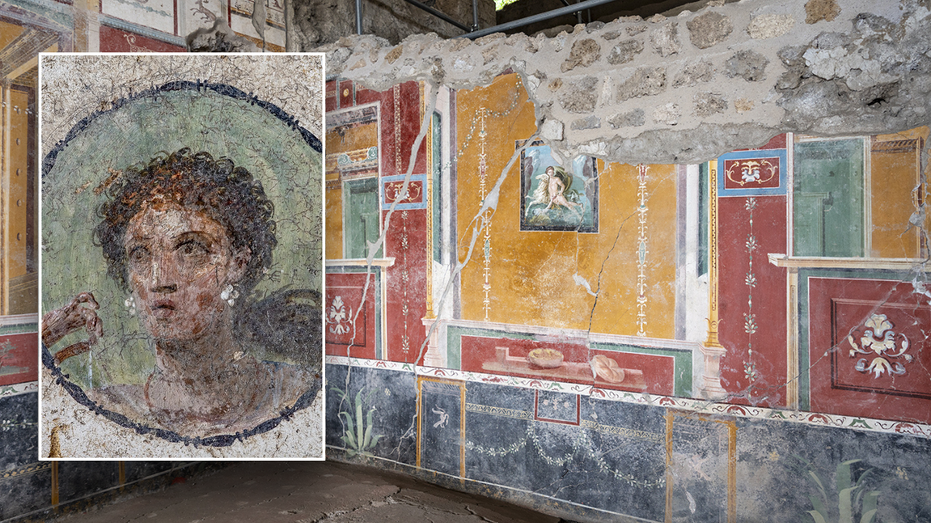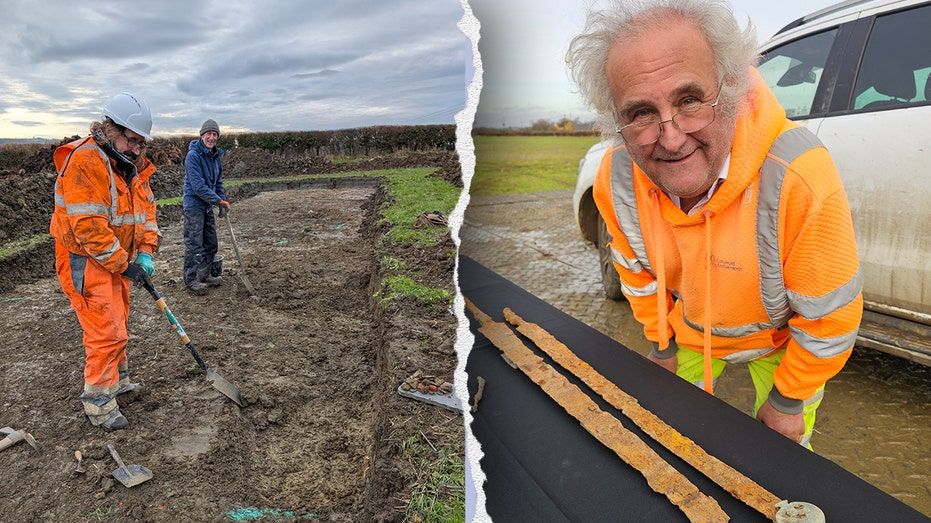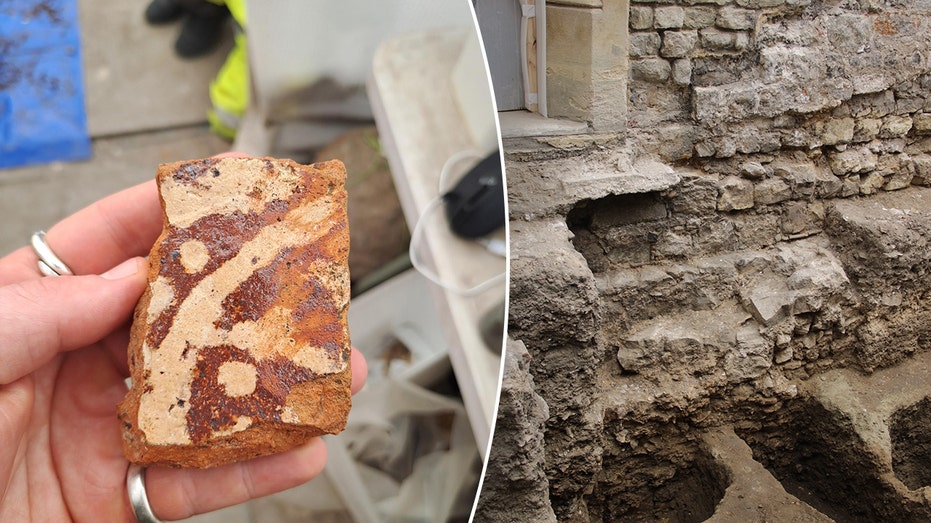Pompeii Family’s Heartbreaking Final Stand Against Vesuvius Revealed in New Dig

Sarah Johnson
May 18, 2025
Brief
New Pompeii excavation uncovers a family’s desperate final moments during Mt. Vesuvius’ 79 A.D. eruption, revealing their failed attempt to survive.
In the shadow of Mt. Vesuvius, a Pompeii family’s final, desperate struggle for survival has been laid bare by a recent archaeological dig at the House of Helle and Phrixus. The eruption of 79 A.D. turned their home into a tomb, preserving their futile efforts to outlast the catastrophe.
The excavation, detailed by the Pompeii Archaeological Park, reveals a haunting scene: a family barricaded a bedroom door with a wooden bed, hoping to shield themselves from the onslaught of volcanic ash and lapilli—small, deadly rock fragments raining through the atrium’s open roof. A cast of the bed, crafted from voids in the solidified ash, stands as a stark testament to their fight. Alongside, the remains of at least four people, including a child clutching a bronze bulla—an amulet marking boyhood—tell a story of lives cut short.
This modest yet richly decorated home, with its banquet hall boasting vibrant wall frescoes, was a snapshot of Roman life. Archaeologists uncovered a pantry tucked under a staircase, stocked with amphorae of garum, the ubiquitous fish sauce, and bronze vessels like a ladle and a shell-shaped cup. These everyday items paint a vivid picture of a household caught unprepared, possibly mid-renovation, with thresholds removed and walls partially cut.
Named for a mythological painting of Helle and Phrixus adorning its walls, the house wasn’t a shrine to Greek gods but a display of cultural sophistication. In the 1st century A.D., such art was less about worship and more about status and beauty, a flex of the middle class’s aspirations. Yet, as director Gabriel Zuchtriegel noted, this discovery confronts us with life’s fragility. The family’s barricade failed against the pyroclastic flow—a merciless wave of scorching ash that sealed their fate, as it did so many others when seismic shocks collapsed buildings across Pompeii.
Topics
Editor's Comments
Imagine thinking a bed could stop Vesuvius—talk about Roman optimism! This dig shows us Pompeii’s people weren’t just victims; they were fighters, clinging to hope against a mountain’s tantrum. Why’d they stay? Maybe they thought, ‘If we can handle garum, we can handle a little ash!’
Like this article? Share it with your friends!
If you find this article interesting, feel free to share it with your friends!
Thank you for your support! Sharing is the greatest encouragement for us.



